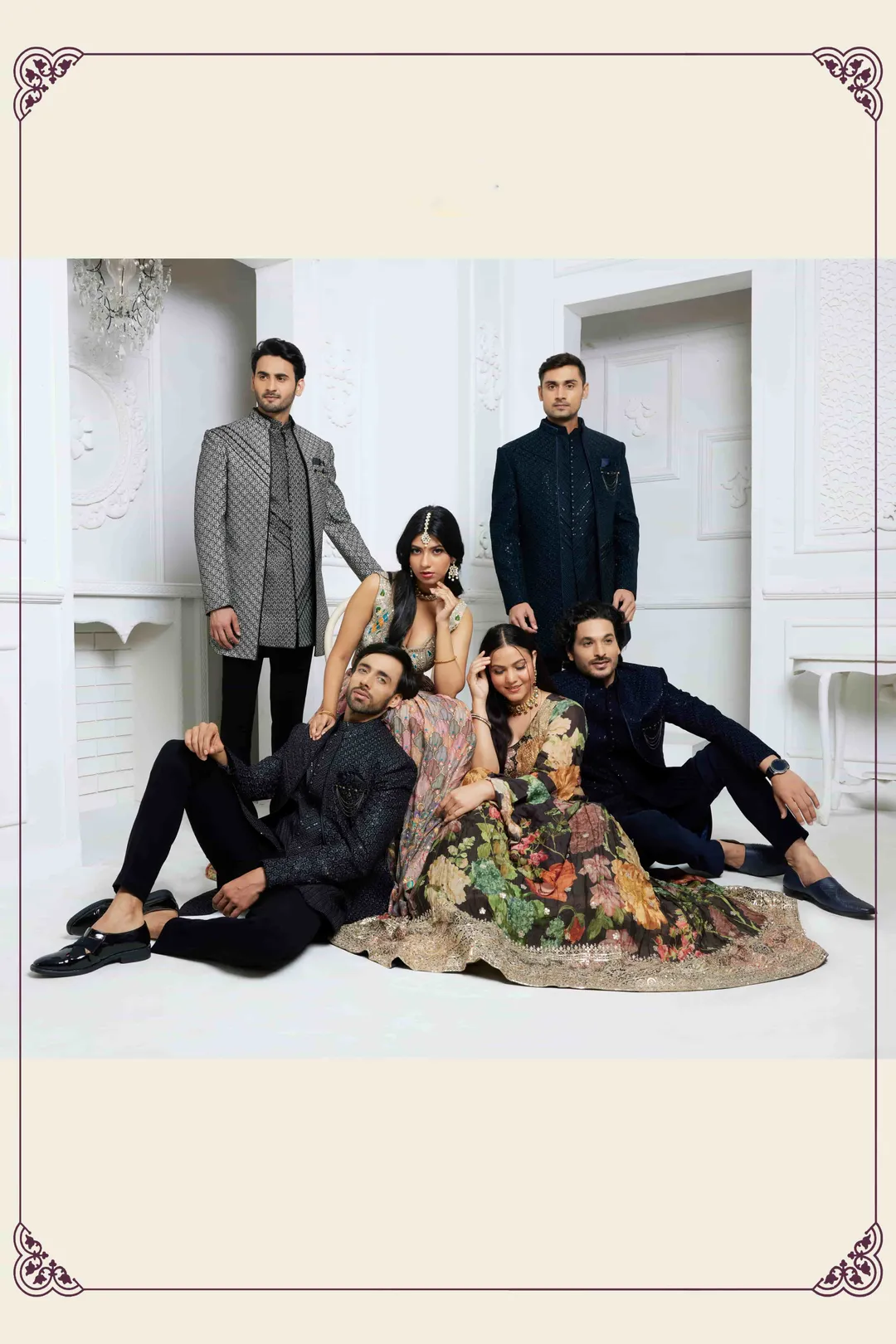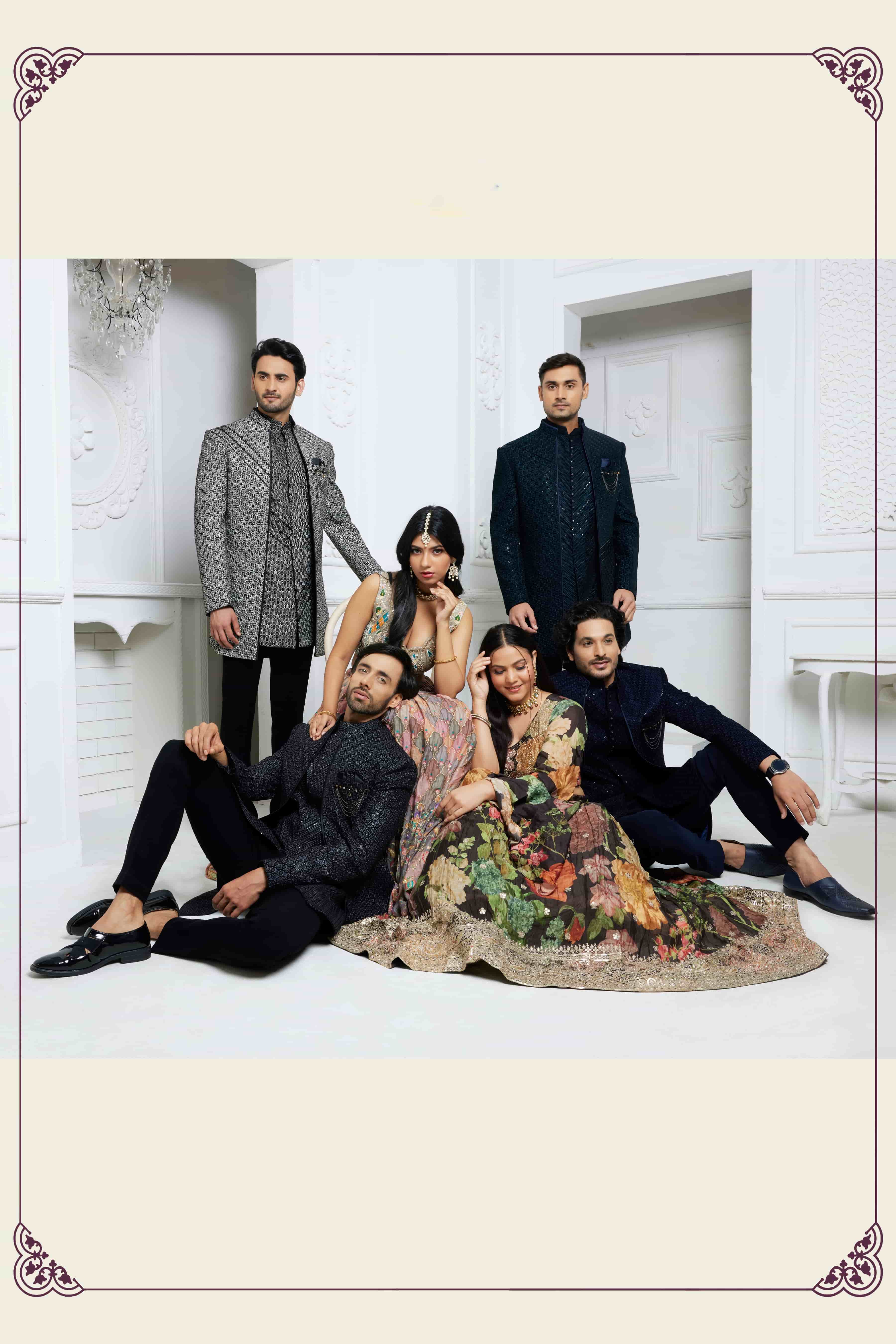Ethnic Wear
Popular Searches
- Sarees
- Lehengas for Women
- Banarasi Sarees
- Kurta Pajama
- Ready to Wear Sarees
- Black Sarees
- Indo Western Dress for Men
- Cotton Sarees
- Sherwani for Men
- Ethnic Wear
- Georgette Sarees
- Red Sarees
- White Sarees
- Net Sarees
- Yellow Sarees
- Gold Sarees
- Green Sarees
- Blue Sarees
- White Lehenga
- Ethnic Wear for Men
- Suits for Men



